--HISTORY--
In the 1960s, with its massive pre- Moon landing budget, NASA intended to fly the Atlas-Centaur booster until a reusable heavy lift system (AKA the Space Shuttle) could be developed. However, the Vietnam war caused Congress to cut the civilan space program's budget. This introduced delays on the Space Shuttle program, and made many missions that required heavy lifting impossible.
In 1967, NASA began considering the use of a Centaur upper stage on a Titan booster. Together with two mandatory strap-on solid rocket motors, it had enough performance to launch 15t to LEO. While not ideal, this solution was a good-enough stopgap until more capable systems arrived. For some time, it was the largest launch system available to NASA for scientific missions, only eclipsed by the Moon rockets. That's why it was the rocket of choice for some of the most famous scientific missions - the two Voyagers, two Vikings and two Helios space probes.
--LAUNCHES--
Feb 11, 1974 - FAILIURE
Sphinx satellite, Viking Dynamic Simulator
Dec 10, 1974 - SUCCESS
Helios 1 space probe
Aug 20, 1975 - SUCCESS
Viking 1 orbiter and lander
Sep 9, 1975 - SUCCESS
Viking 2 orbiter and lander
Jan 15, 1976 - SUCCESS
Helios 2 space probe
Aug 20, 1977 - SUCCESS
Voyager 2 space probe
Sep 5, 1977 - SUCCESS
Voyager 1 space probe
Success rate - 86% (6/7)
GENERAL INFO
- Created On: Windows
- Game Version: 1.3.204.1
- Price: $22,444k
- Number of Parts: 210
- Dimensions: 57 m x 18 m x 19 m
PERFORMANCE
- Total Delta V: 11.5km/s
- Total Thrust: 9.9MN
- Engines: 15
- Wet Mass: 4.9E+5kg
- Dry Mass: 91,376kg
STAGES
| Stage | Engines | Delta V | Thrust | Burn | Mass |
|---|---|---|---|---|---|
| 1 | 4 | 4.2km/s | 8.0MN | 3.8m | 4.4E+5kg |
| 2 | 0 | 0m/s | 0N | 0s | 2.03E+5kg |
| 4 | 1 | 2.9km/s | 639kN | 3.0m | 59,270kg |
| 5 | 2 | 4.4km/s | 214kN | 5.5m | 24,823kg |
3 Comments
- Log in to leave a comment
-
6 days ago
@OrionTechnologies Thanks! That was Titan IV, but i agree that they're similar.
-
1,386 OrionTechnologies6 days ago
It launched Cassini-Huygens too, but that might have been on a slightly different variant. Nice job!


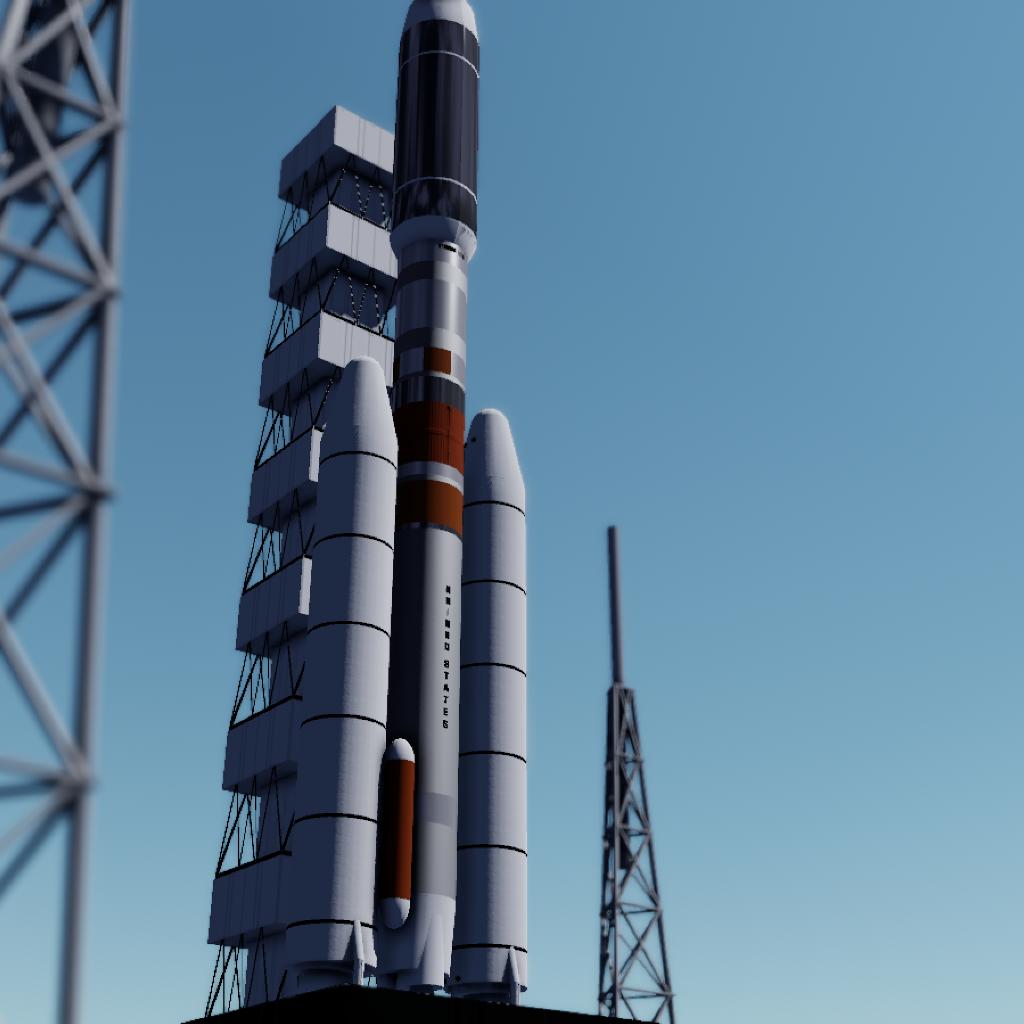
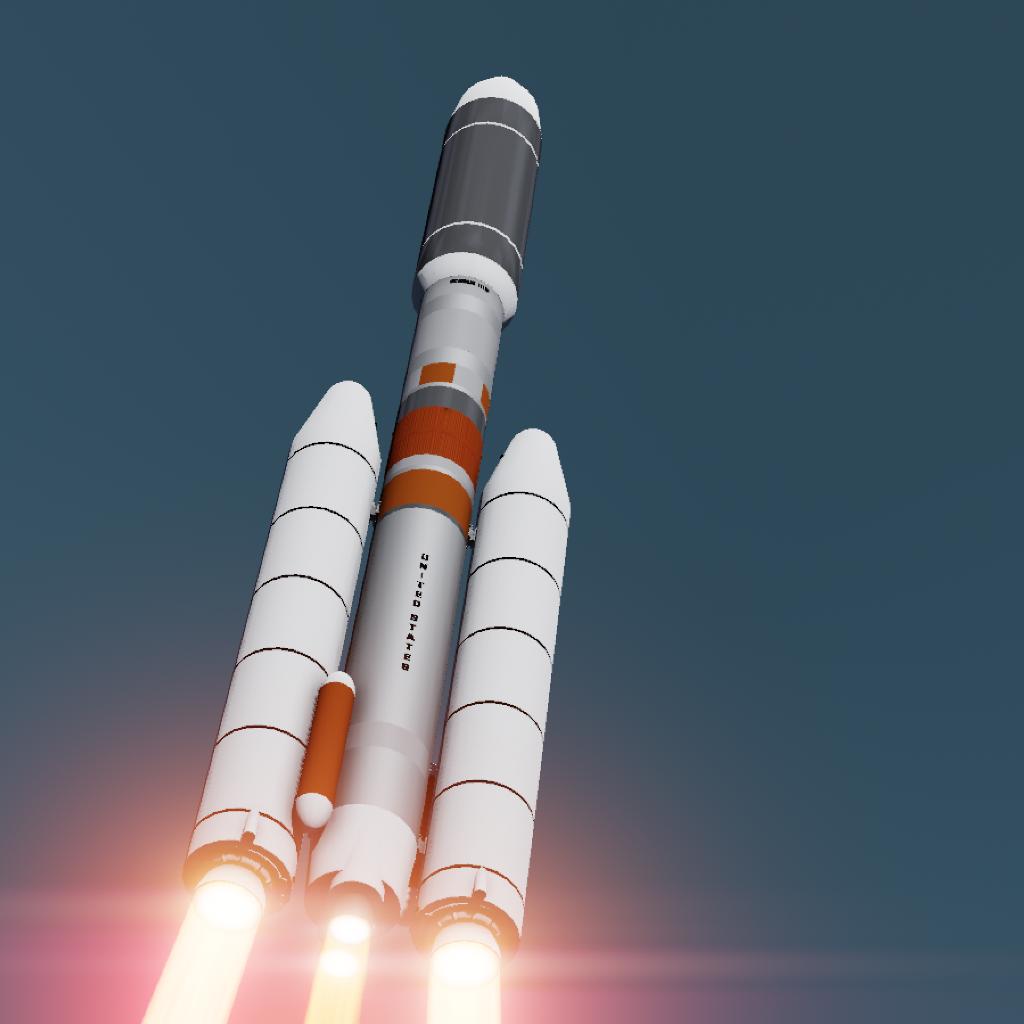
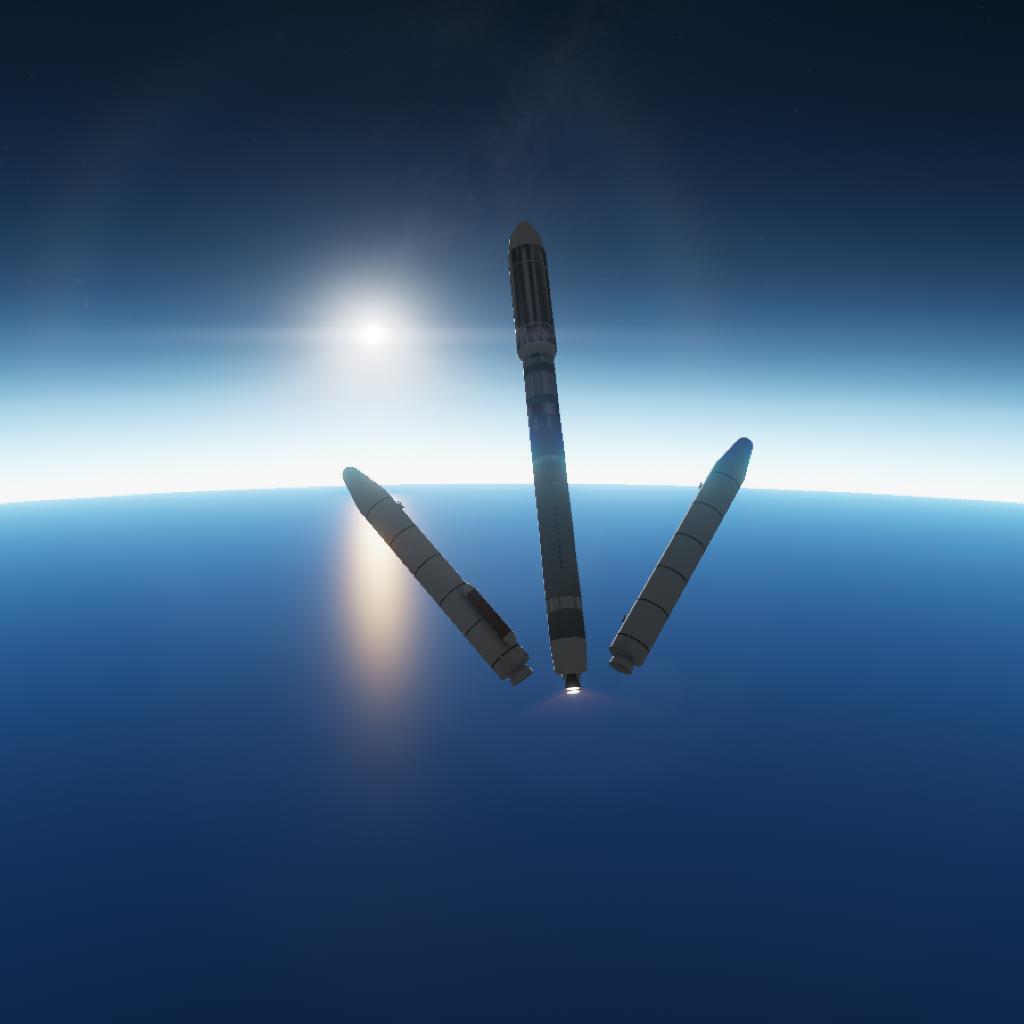


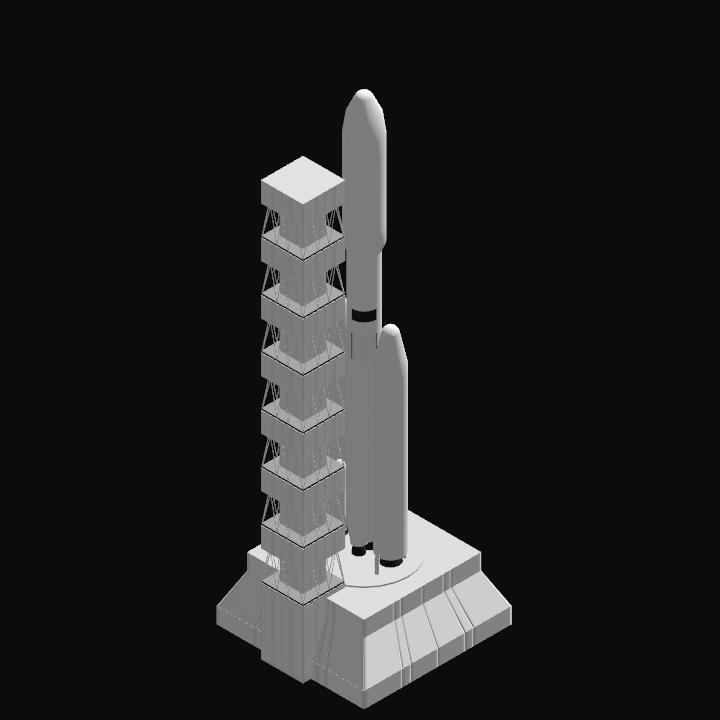

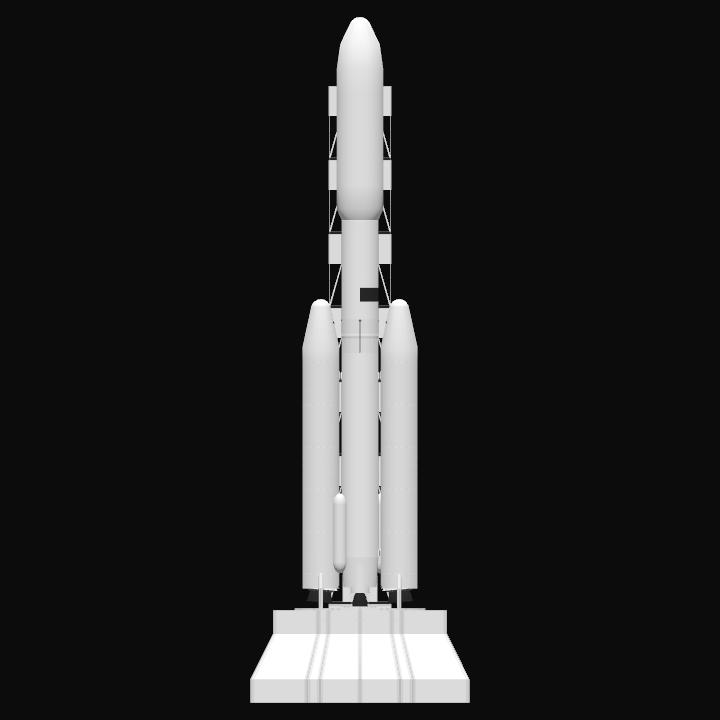
old rockets look really cool